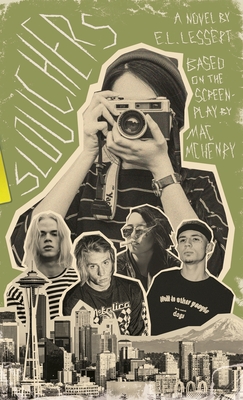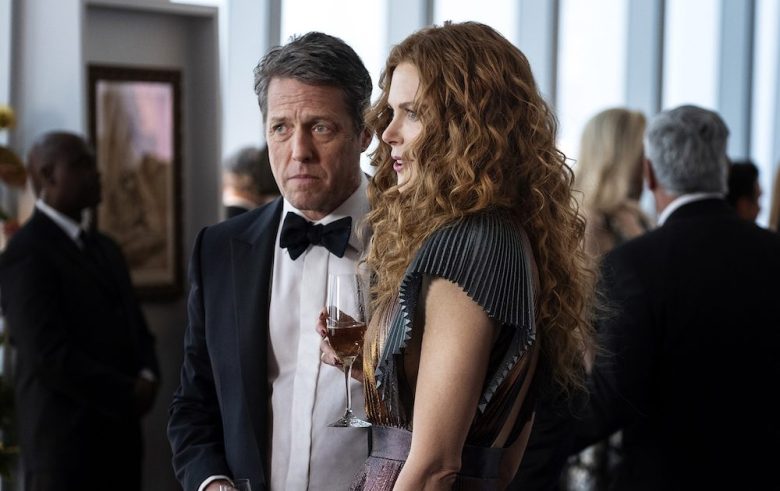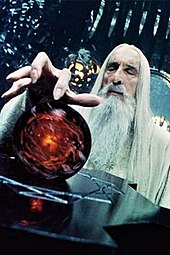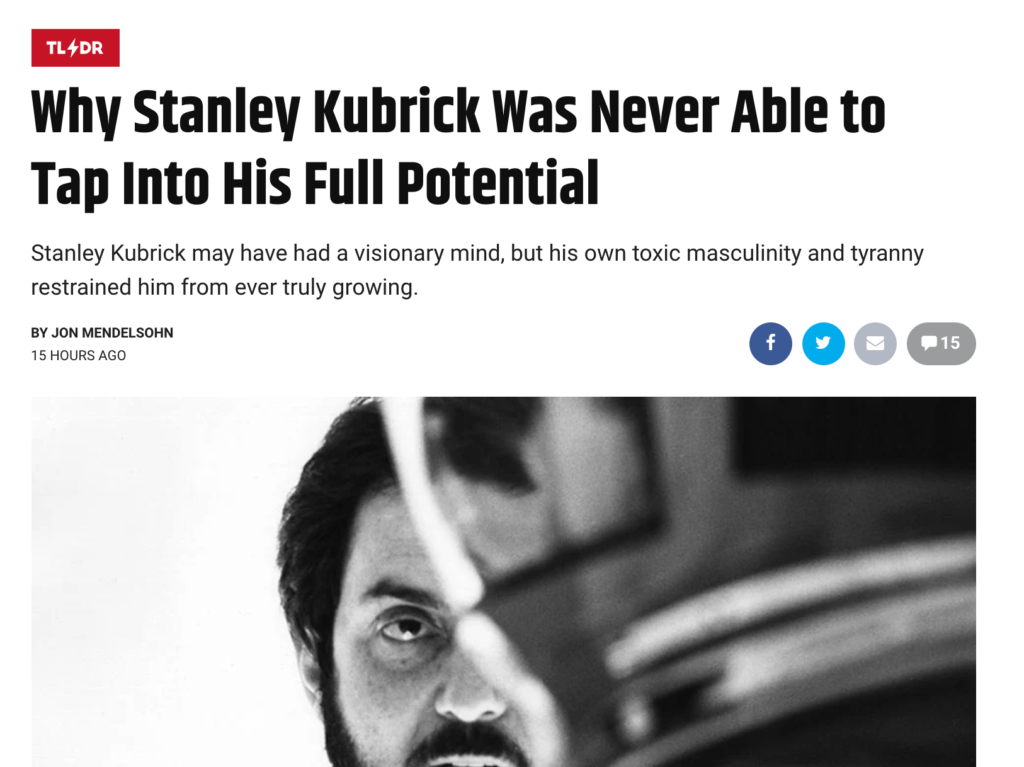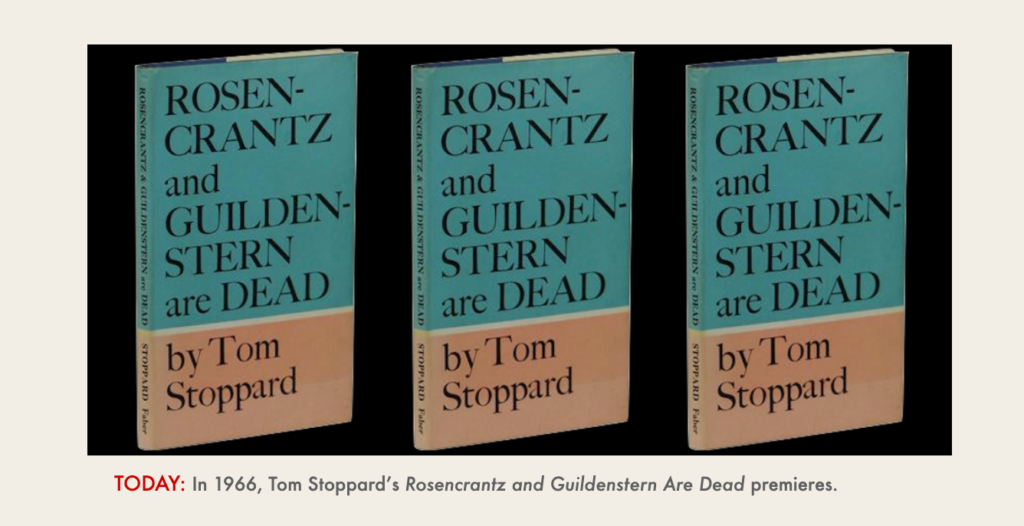It’s true, Bookbub, that you can reliably derail my reading plans by offering me Kurt Vonnegut novels from any era of his career for any price under $3. Were I to stumble upon a remainder bin of Vonnegut paperbacks, I’d probably buy the whole lot. In recent years I’ve revisited Galapagos, Bluebeard, Deadeye Dick, Hocus Pocus and now Slaughterhouse. I’m tempted to give Kilgore Trout’s Venus on the Halfshell another whirl, though I just learned while linking that it was written by Phillip Jose Farmer and not Vonnegut.
So it goes!
Last winter I read this essay about men on dating sites like Tinder citing Vonnegut as proof of worldliness and wordiness. As has happened with David Foster Wallace, the bros who professsor to love the writer have done the writer few favors in this day and age. Slaughterhouse Five emerges from this essay as the only Vonnegut a person “needs” to read, if any of us “need” to read Vonnegut at all.
That’s unfortunate. I doubt Vonnegut would have written so many books unnecessarily. He was a funny, intelligent and compassionate man. Had he nothing to say, I’m confident he wouldn’t have put so much down on paper.

Rather than regale you with my thoughts about poor Billy Pilgrim, send unwillingly to war, bouncing around time in the hopes of finding more moments of pleasure than trauma, I’ll tell you what I’ve learned from Vonnegut overall:
- The indifference of the universe should not be mistaken for hostility.
- The absence of the universe’s hostility should not make you think the universe likes you.
- Time is sometimes linear but that doesn’t mean that it should be understood that way.
- Stories are sometimes linear, but that doesn’t mean they should be told that way.
- There’s a Vonnegut-a-verse and all his books and stories share it.
- Vonnegut is more like Mark Twain and more like Tom Robbins than he is like his pure contemporaries: John Updike, John Cheever, Philip Roth and the like.
- His books are full of big ideas but they read easily. This is partly because of the jokes and line drawings, but largeky because the storytelling voice is conversational. It’s like Kurt has sat you down to tell you something and he wants you to understand.
He’s really among out very best. I’m also delighted to have learned that Robert M. Weide, one of the creators if HBO’s Curb Your Enthusiasm wrote the screenplay for the 1996 film adaptation of Mother Night and that he befriended the writer and made this documentary about him, which will be in theatres this summer, when it will be safe for us to go and see it.
